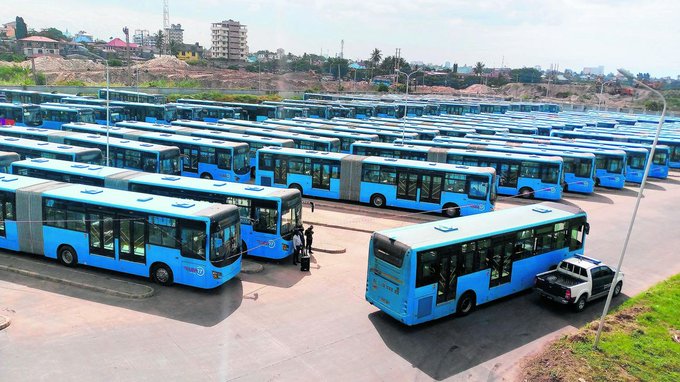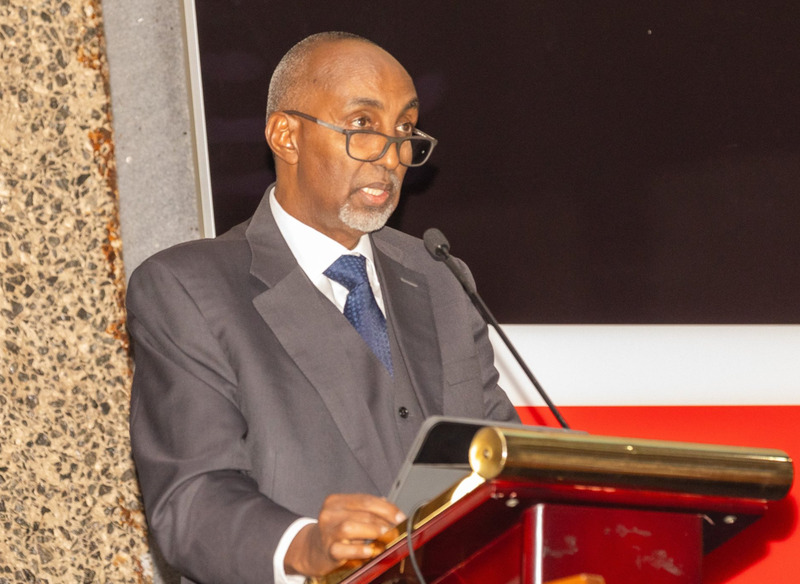Dreams on hold: Grim global jobs outlook paints bleak future for millions of job seekers

In Africa, the International Labour Organisation has downgraded the employment growth prospect from the earlier 1.8 per cent to 1.6 per cent.
Job seekers in the country and across the globe are facing a grim future, as the rate at which employment opportunities are created is set to shrink.
The latest employment outlook report by the International Labour Organisation (ILO) reveals that the employment landscape is facing significant challenges.
More To Read
- Youth Day 2025: Only five per cent of African youth complete tertiary education, report reveals
- MPs demand list of authorised job agencies after Kazi Majuu complaints
- AfDB, ILO unveil youth-centred investment system to spur recognition, inclusion
- Call for equal paid parental leave as ILO reveals mothers get five months more leave than fathers
- Foreign direct investment inflows to developing nations fall to 18-year low, threatening job growth - report
- UN Report: 54 million children still trapped in forced labour in 2024
It notes that the anticipated recovery in job creation for this year is now unlikely, with employment growth rates projected to decline.
“The economic and labour market outlook for 2025 is increasingly fragile, with global GDP growth recently revised down to 2.8 per cent from 3.2 per cent due to persistent geopolitical tensions, recent trade disruptions and heightened uncertainty,” the report reads.
“Slower economic growth is expected to reduce global employment growth from 1.7 to 1.5 per cent in 2025.”
This corresponds to an increase in employment of 53 million, down from the previous forecast of 60 million.
In Africa, the organisation has downgraded the employment growth prospect from the earlier 1.8 per cent to 1.6 per cent.
This also comes amidst the economic slowdown in the region, which has also been downgraded by the International Monetary Fund (IMF) April economic outlook, to 3.8 per cent from 4.0 per cent last year.
New challenges
Apart from the slow economic growth, the organisation also attributes the constrained employment prospects in Africa to high inflation rates, debt vulnerabilities and regional instability.
“In addition, the current trade climate has generated new challenges for this region, which generally faces lower tariffs in developed country markets due to preferential trade agreements,” the report adds.
In Kenya, the implications of these trends are already being felt.
The country's labour market has reportedly shown signs of strain, with rising unemployment rates and a growing informal sector.
In a report released late last year, the World Bank said Kenya's unemployment would worsen in 2024 compared to the previous year.
The lender put the unemployment rate at 5.7 per cent for the year, slightly higher than 5.6 per cent in 2023.
Reduced activity
It attributed the slowdown to reduced activity in sectors like construction and manufacturing, as well as a decline in private sector employment, particularly in agriculture.
Additionally, it noted that political instability and protests earlier in the year contributed to economic uncertainty, further impacting employment rates.
A recent Central Bank of Kenya study, the May CEO survey, confirms this trend, revealing that most companies do not plan to hire additional employees this year.
This as they plan to rely on the present numbers to address the growing market demand.
Lower hiring expectations
Conducted in the first three weeks of May, targeting CEOs and other senior officers of at least 354 private sector firms, the study reveals that there are lower hiring expectations this year by bank and non-bank private firms.
Despite the downgrade of the employment prospects, the ILO report maintains that the global labour market remains relatively resilient.
Nevertheless, the report says that over the past decade, global economic growth has been moderately employment-intensive, with productivity growth outpacing employment growth.
However, the persistence and in some cases expansion of informal employment remains a critical concern in developing countries.
Notably, a significant trend over the past decade is the decline in the global labour income share from 53.0 per cent in 2014 to 52.4 per cent in 2024, reinforcing upward pressure on inequality.
The labour income share measures the portion of a nation's total income that goes to workers.
Structural changes in employment are also evident, according to the organisation, with a noticeable shift toward high-skill occupations, especially in high-income countries.
Middle-income countries are also experiencing occupational upgrading, with growth in medium-skill jobs and a decline in elementary and agricultural roles.
While education levels have improved, the mismatch between education and job requirements persists.
ILO says the proportion of under-educated workers has decreased, but over-qualification has grown, suggesting inefficiencies in labour market alignment.
Top Stories Today
















































